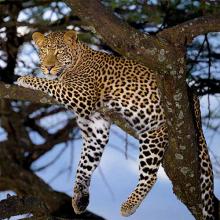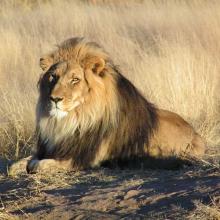Lynx lynx
Common name:
Eurasian lynx
Family:
Felidae
Suborder:
Feliformia
Order:
Carnivora
Panthera pardus
Common name:
Leopard
Family:
Felidae
Suborder:
Feliformia
Order:
Carnivora
Panthera leo
Common name:
Lion
Family:
Felidae
Suborder:
Feliformia
Order:
Carnivora
Lynx lynx
Common name:
Eurasian lynx
Family:
Felidae
Suborder:
Feliformia
Order:
Carnivora
Panthera pardus
Common name:
Leopard
Family:
Felidae
Suborder:
Feliformia
Order:
Carnivora
Panthera leo
Common name:
Lion
Family:
Felidae
Suborder:
Feliformia
Order:
Carnivora
Lynx lynx
Common name:
Eurasian lynx
Family:
Felidae
Suborder:
Feliformia
Order:
Carnivora
Panthera pardus
Common name:
Leopard
Family:
Felidae
Suborder:
Feliformia
Order:
Carnivora
Panthera leo
Common name:
Lion
Family:
Felidae
Suborder:
Feliformia
Order:
Carnivora
Suborder-Animalia: Feliformia
Feliformia (also Feloidea) is a suborder within the order Carnivora consisting of "cat-like" carnivorans, including cats (large and small), hyenas, mongooses, viverrids, and related taxa. Feliformia stands in contrast to the other suborder of Carnivora, Caniformia (also Canoidea, "dog-like" carnivorans).
The separation of the Carnivora into the broad groups of feliforms and caniforms is widely accepted, as is the definition of Feliformia and Caniformia as suborders (sometimes superfamilies). The classification of feliforms as part of the Feliformia suborder or under separate groupings continues to evolve.
Characteristics
All extant feliforms share a common attribute: their auditory bullae (bony capsules enclosing the middle and inner ear). This is a key diagnostic in classifying species as feliform versus caniform. In feliforms, the auditory bullae are double-chambered, composed of two bones joined by a septum. Caniforms have single-chambered or partially divided auditory bullae, composed of a single bone. This feature, however, is problematic for the classification of the extinct Nimravidae as feliforms. Nimravid fossils show ossified bullae with no septum, or no trace at all of the entire bulla. It is assumed that they had a cartilaginous housing of the ear mechanism.
The specific characteristics of extant feliform bullae suggest a common ancestor, though one has not been identified in the fossil records. There are other characteristics that differentiate feliforms from caniforms and probably existed in their stem taxa. But, due to speciation, these do not apply unambiguously to all extant species.
Feliforms tend to have shorter rostrums (snouts) than caniforms, fewer teeth, and more specialized carnassials. Feliforms tend to be more carnivorous and are generally ambush hunters. Caniforms tend more toward omnivorous and opportunity-based feeding. However, omnivorous feliforms also exist, particularly in the family Viverridae.
Many feliforms have retractile or semi-retractile claws and many are arboreal or semi-arboreal. Feliforms also tend to be more digitigrade (walking on toes). In contrast, most caniforms are terrestrial, have non-retractile claws and tend to be plantigrade.
Reference: Wikipedia



